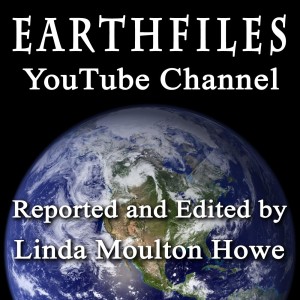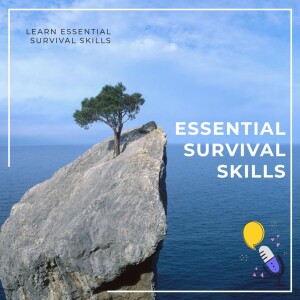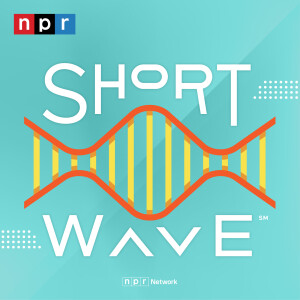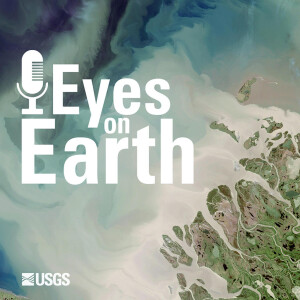

Eyes on Earth
https://www.usgs.gov/podcasts/audio/141798/feed.xmlEpisode List
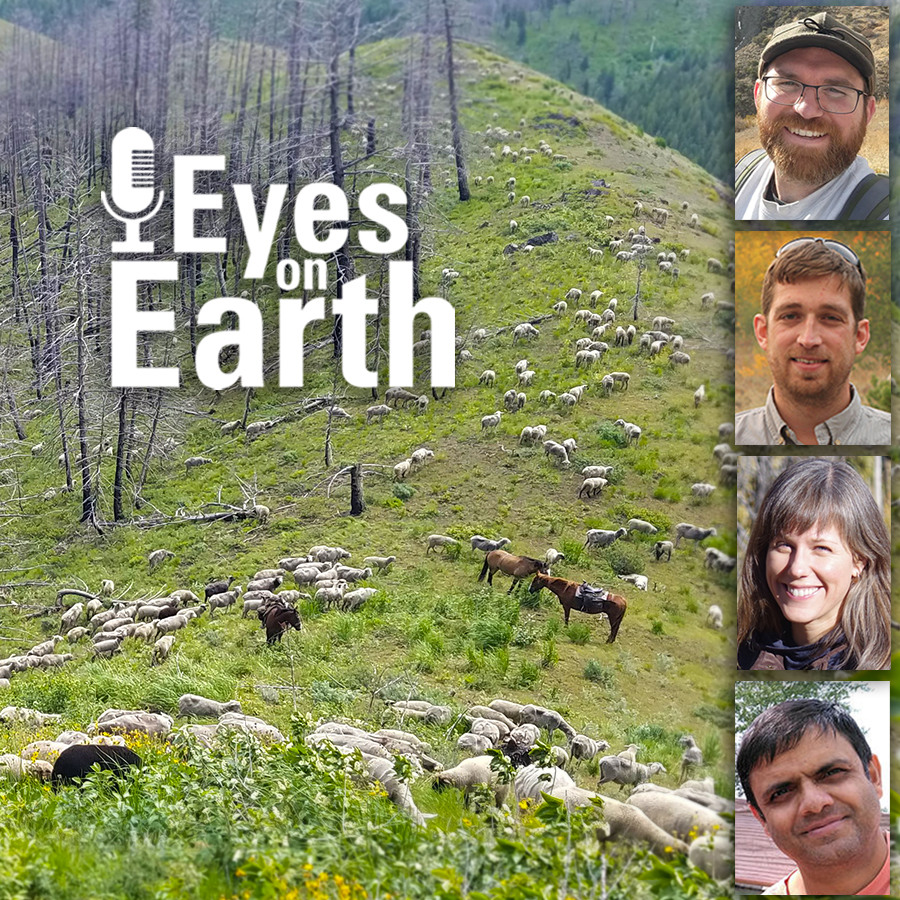
Eyes on Earth Episode 135 – Exotic Annual Grasses and Sheep Grazing
Exotic annual grasses, or EAGs, are invasive species. They outcompete native grasses. They are extremely flammable. And they are expanding into higher elevations. Targeted sheep grazing is one way to combat these invasive grasses, manage fire risk, and help restore native sagebrush in western states.The EROS team releases weekly EAG maps during the peak green-up in late April to early June, along with annual phenology maps to show the seasonal timing of the green-up. Dr. Kelly Hopping at Boise State University is using these maps to see whether targeted sheep grazing can help manage EAGs. The maps help researchers work with sheep producers to know when is the best time to move the sheep into those areas so their grazing can do the most good. The sheep then, as a part of the team solving the problem of invasive grasses, get to eat in the field when they might not otherwise have grazing available. Learn more in this episode of Eyes on Earth.
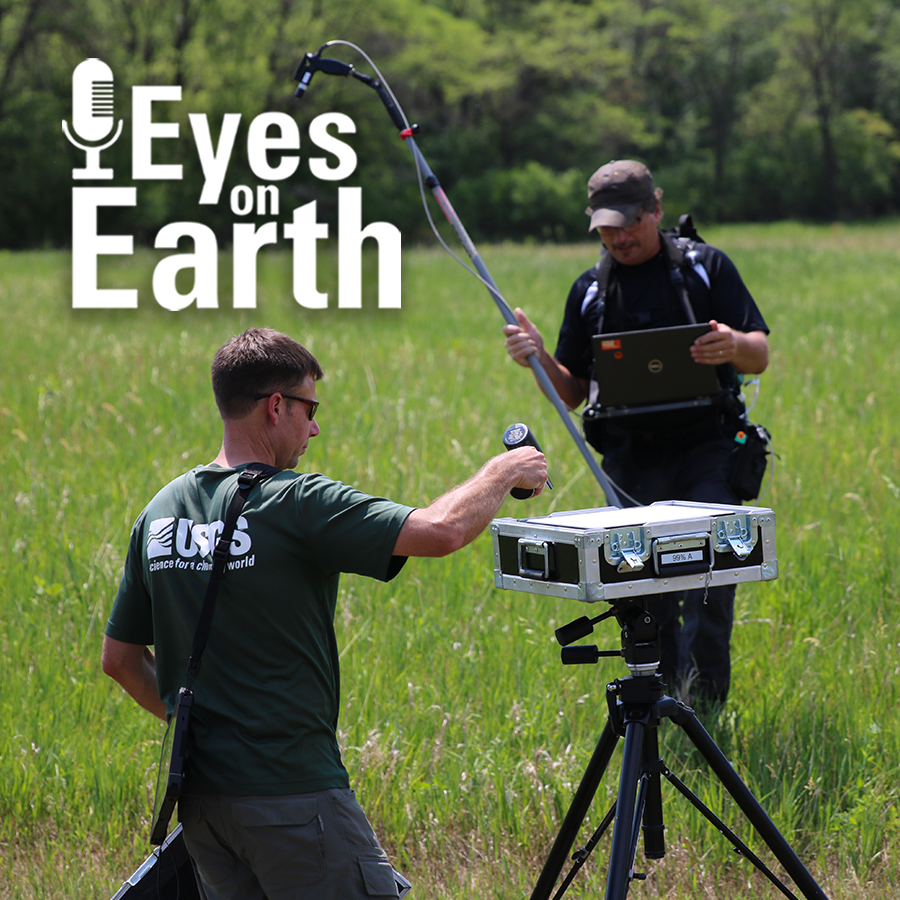
Eyes on Earth Episode 136 – The EROS Test Site
Landsat has been accurate and reliable for over 50 years because of the diligent calibration and validation work done by the team at EROS. One of the ways the team validates what they have so carefully calibrated is to take measurements on the ground while Landsat passes by overhead. For this Eyes on Earth podcast episode, we go out to the EROS test site during a Landsat pass to get a sense of what that work is like. Learn about the instruments used for this work and why it’s important to keeping Landsat as the gold standard for Earth observations.
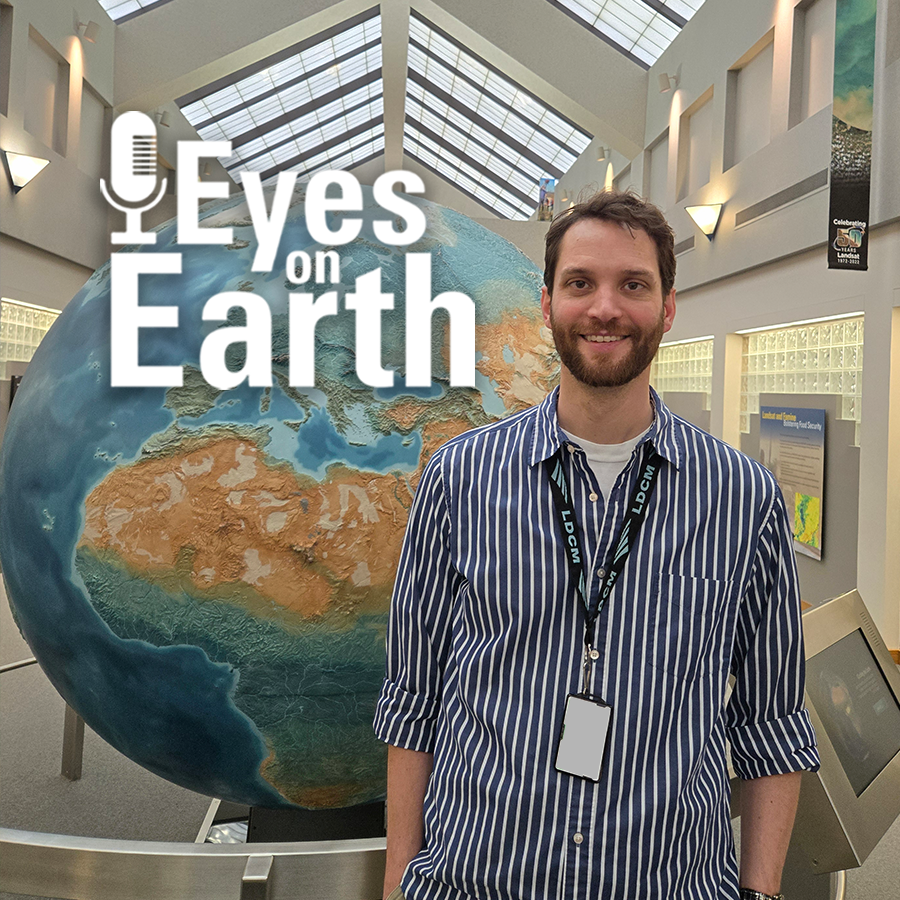
Eyes on Earth Episode 134 – Data Accuracy: The Calibration and Validation of Landsat
Landsat is the longest-running, continuously operating record of Earth observations, and it’s the gold standard reference point that other civil and commercial satellite programs trust. If a researcher is studying multiple Landsat images of the same spot on Earth, and there is something in those images that suggests a change, that researcher needs to have the confidence that that change is a real change on the landscape and not because of something that changed or degraded in the sensor. Think of it this way. We are using a system to quantify changes on the Earth—we need to make sure the system itself is not changing.

Eyes on Earth Episode 133 – Vietnam War Bomb Craters
Declassified spy satellite imagery, distributed by the USGS EROS Center, is finding fascinating uses since being made available to the public starting in the 1990s. In this episode of Eyes on Earth, we talk with Philipp Barthelme from the University of Edinburgh, who used imagery from the declassified HEXAGON and CORONA satellites to map bomb craters and herbicide spray lines from the Vietnam War. These features appear in the black and white photos quite clearly, so Barthelme worked out machine learning methods to automatically detect them. This method can help narrow down where to search for unexploded weapons and focus on the areas that are most contaminated.

Eyes on Earth Episode 132 - Moving Forward with AI at EROS
Eyes on Earth tackles artificial intelligence (AI) in a 2-part episode. AI is quickly becoming a necessary part of geospatial work at EROS, helping us efficiently do science to better manage our world. In Part 1, we talked about AI’s current and upcoming impact on our work at EROS and clarified some of the AI jargon. The successful use of AI to make NLCD an annual product was a key example.In Part 2, we discuss another potential application of AI—keeping Landsat satellites safe and healthy in orbit. Additionally, guests comment on how readily staff are adapting to using this rapidly evolving technology. They discuss the biggest benefits and challenges we face in using AI. Among the benefits are making EROS data products more accurate and reliable and getting them to the public in a more timely fashion.
Create Your Podcast In Minutes
- Full-featured podcast site
- Unlimited storage and bandwidth
- Comprehensive podcast stats
- Distribute to Apple Podcasts, Spotify, and more
- Make money with your podcast
